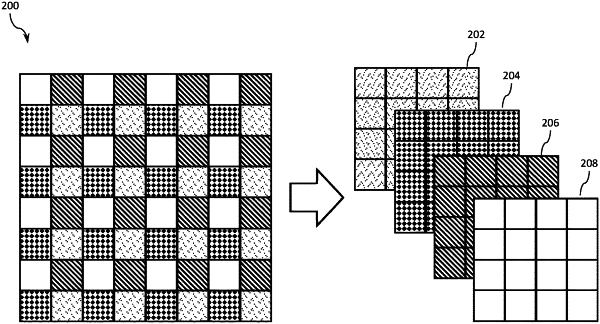| CPC H04L 65/70 (2022.05) [G06N 3/08 (2013.01); H04L 65/403 (2013.01); H04L 65/75 (2022.05); H04N 21/2402 (2013.01); H04N 21/25825 (2013.01); H04N 21/2662 (2013.01)] | 16 Claims |

|
1. A method for streaming video content comprising:
converting received video frames to a video memory format comprising a plurality of channels representing a color space, wherein each of the plurality of channels has the same memory allocation size and is associated with a respective luma component or chroma component of the color space, wherein each subsequent channel of the plurality of channels is arranged in an adjacent memory location, and wherein the video memory format for an N×M video frame of the received video frames comprises 3×N columns and M/2 rows;
downscaling the video frames stored in the video memory format using a downscaling neural network model to generate downscaled video content; and
transmitting the downscaled video content as a video stream to a client device.
|